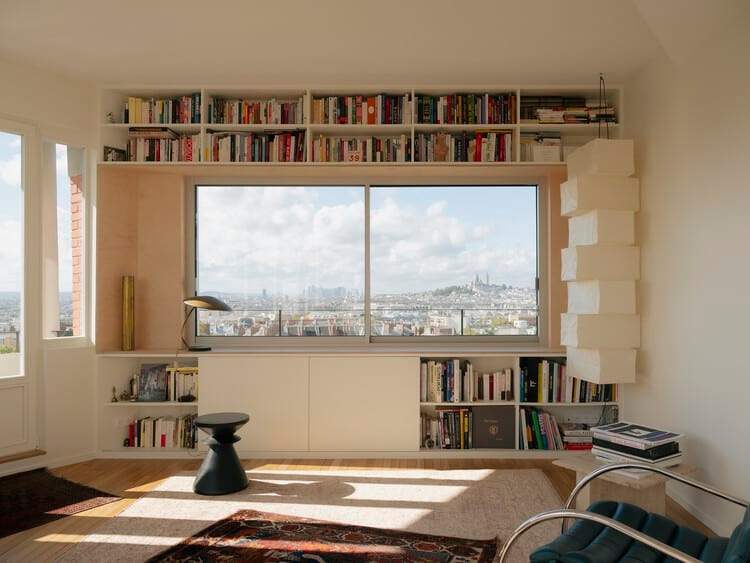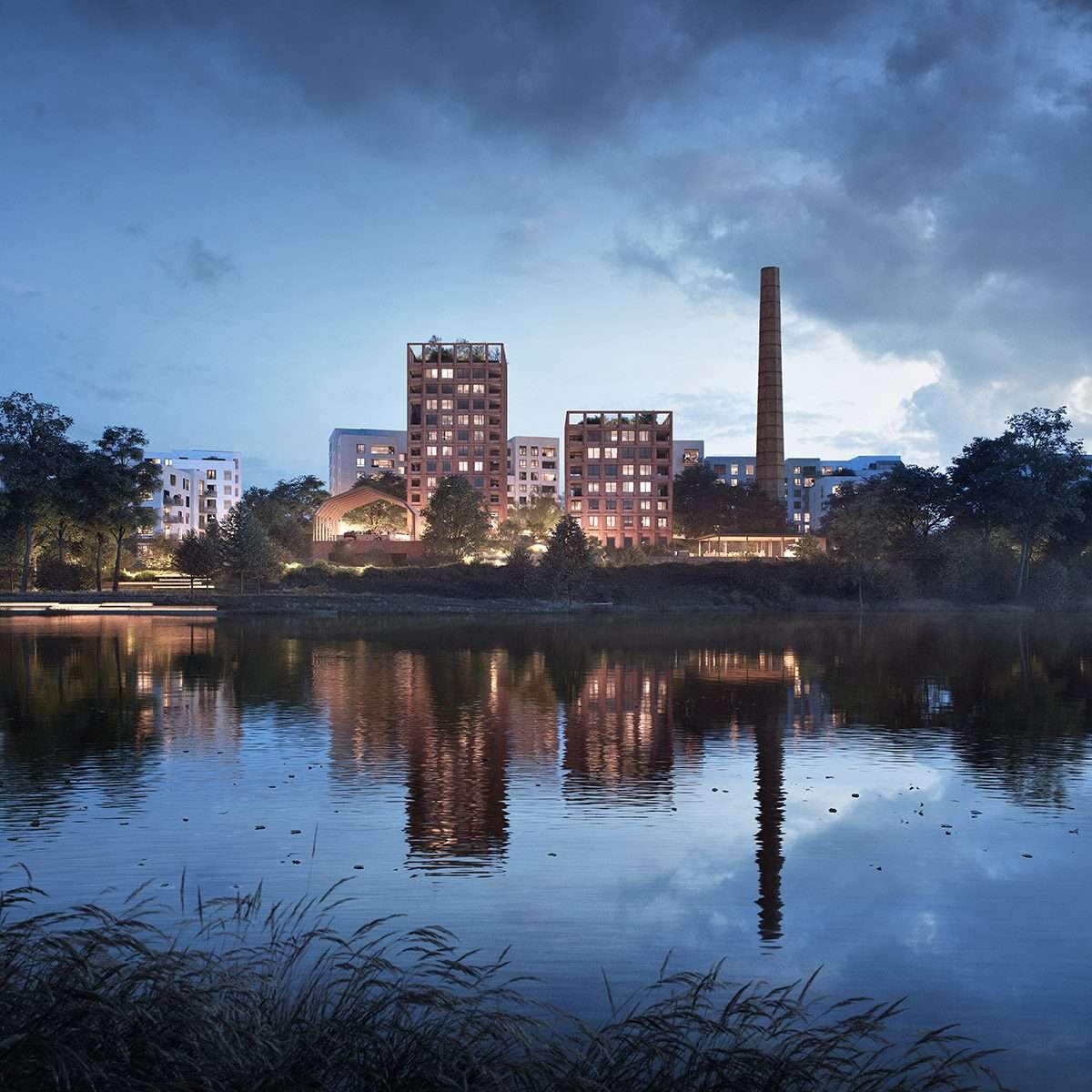Why Architects Are Still Underpaid And What Must Change Before 2030
Despite the years of education, the emotional and mental demands, and the pivotal role they play in shaping our cities, architect salaries continue to stagnate. While the value of design in shaping environments is rising, financial compensation for architects hasn’t kept pace with outdated systems and cultural mindsets being a major part of the problem.
A Gap Between Effort and Reward
A recent Fast Company article shed light on why architecture remains one of the most undervalued professions, with architect salaries being a key concern. But the issue goes deeper than low pay; it stems from a structural and cultural setup that hasn’t evolved in decades, one that undercuts the profession’s long-term viability.
1. Outdated Pricing Models
Many architects still operate under a pricing system based on a fixed percentage of construction costs a model that doesn’t reflect the complexity of today’s projects or the multidisciplinary roles architects now take on, affecting architect salaries. Construction costs may be rising, but architects’ fees have barely moved.
2. Sensitivity to Economic Downturns
Architecture is often the first sector hit during financial crises. Projects stall, funding dries up, and layoffs come swiftly. This fragility has made design firms risk-averse, keeping salaries conservative as a buffer against future uncertainty, contributing to stagnating architect salaries.
3. Slow Income Growth
Unlike in tech or finance, where income often grows rapidly, architects tend to hit salary ceilings early. Even experienced professionals with a decade or more in the field often struggle to earn beyond a modest middle-income bracket reflecting the broader issue with architect salaries.

4. Lack of Negotiation Culture
Architecture is still seen by many as a “calling” rather than a career. This romantic view weakens architects’ ability to advocate for fair pay. When clients see design as an optional aesthetic instead of a strategic asset, it becomes harder to demand just compensation.
A Shift in Thinking, Not Just Numbers
What’s needed isn’t just higher pay but a different system entirely. One promising approach is value-based pricing, where fees are based on the actual outcomes of a project like energy savings, user well-being, or long-term sustainability instead of just construction costs.

2025–2030: Will This Decade Bring Real Change?
| Timeframe | Expected Trends |
|---|---|
| 2025–2026 | Continued economic pressure and conservative hiring will keep architect salaries limited for now. Most firms will prioritize stability over salary reform. |
| 2027–2028 | Growing pressure from younger architects, greater transparency, and the rise of global remote work will likely push firms to modernise pay structures. Digital fluency will become a key factor in higher compensation. |
| 2029–2030 | The profession could hit a turning point. Firms that adopt value-based billing and prioritize innovation may set new benchmarks for fair compensation—especially in emerging fields like climate-resilient design, adaptive reuse, and algorithmic architecture. |
Practical Strategies for Architects
| Insight | Action |
|---|---|
| Value must be measurable | Showcase design results tied to ROI, livability scores, or sustainability metrics |
| Tech is an amplifier, not a threat | Embrace AI tools and lead their integration into the design process |
| Burnout is not a badge of honour | Set healthy work boundaries and advocate for mental well-being in the studio |
| Know your worth | Share salary benchmarks, join professional networks, and push for pay transparency, especially regarding architect salaries. |

✦ ArchUp Editorial Insight
The stagnation of architect salaries reveals a deeper cultural issue. Architecture remains one of the only fields where beauty, function, ethics, and politics intersect daily yet this complexity hasn’t translated into real economic power for the people behind our homes, institutions, and cities.
What architecture needs most right now is a shift in narrative. Architects must no longer be seen as service providers but as civic and strategic thinkers capable of shaping values, systems, and futures. The next five years will be critical. If the profession leans into innovation, social impact, and human-centred design, it could finally emerge from the shadow of underpayment into a new era of recognition and reward.
ArchUp strives to document the architectural and urban journey in the Arab world through precise editorial content and rich analyses that reflect the depth of design and the diversity of architectural schools. The editorial team consists of specialists committed to covering all the latest developments in the field. You can always learn more about our editorial team or contact us to contribute or participate in building this open knowledge archive.



